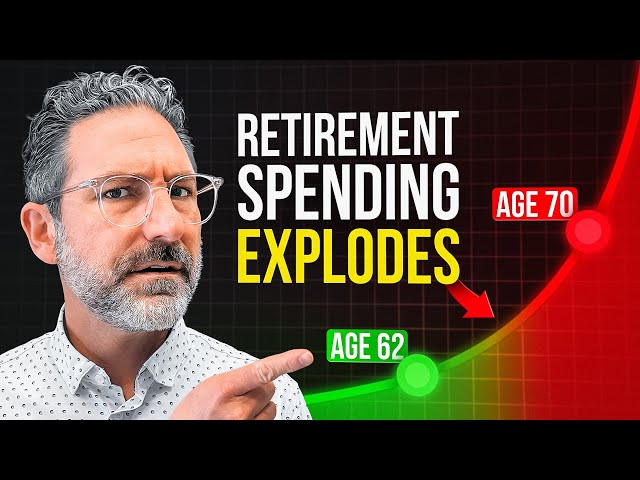Let’s be honest: picking a retirement date feels a lot like trying to schedule a life event you’ve never experienced, can’t fully imagine, and might not even control. And it feels that way because that’s exactly what it is.
Financial planners are well familiarized with a conversation that sounds like this:
“So, when do you think you’d like to retire?”“I was thinking 63, but there are also some good reasons to keep working until 67. But also maybe within the next three months?”
We understand clients feeling pressure and being in their heads about getting the timing “right.” Our first thought is that retirement isn’t something you pass or fail. Immediately connected to that is the notion that you don’t have to get the timing right if you’ve got a flexible retirement plan working for you.
The Retirement Reality Check
A recent study by the Employee Benefit Research Institute turned up something interesting: half of workers say they want to retire after age 65, but 70% of them actually retire between 62 and 64.
In other words, life shows up early. Health issues, job changes, caretaking duties, or even a once-in-a-career opportunity can scramble your ideal timeline.
So instead of trying to stick the landing on a single date, build a plan that works whether you retire a little early, right on time, or later than expected.
What Is a Flexible Retirement Plan?
A flexible retirement plan doesn’t lock you into one outcome. It gives you a range of options and keeps you prepared for real-life twists.
It answers questions like:
-If I had to retire two years earlier than planned, could I?
-What lifestyle trade-offs would I face if I retired sooner?
-Can I afford to say yes to a new opportunity that delays retirement?
-If my partner or I had a health change, what would we do?
Flexibility isn’t vague — it’s measurable, documented, and empowering. Here’s how to think about what your own flexible retirement strategy looks like.
1. Know Your Earliest Exit
Most people try to figure out the latest they can retire. Flip that. Find out the earliest age you could retire comfortably, even if it's not your goal.
For example: John could retire at 67 and spend $125,000 a year, or retire at 63 and spend $110,000 a year.
Knowing this tradeoff helps you mentally and financially prepare for when to retire. Even if you actively plan to work longer, it feels great to know you could pivot gracefully if life throws you a curveball.
2. Create Your Financial Narrative
Retirement planning isn’t just spreadsheets — it’s a story. Your story. Build a one-page financial plan that summarizes what you own, any debts you owe, what you’re saving, what you’re spending, what your investments can support, when you’ll take Social Security, and how you’ll cover healthcare.
If your plan reads like a clear, personal timeline, great! You’re organized and ready to adapt.
3. Practice Retirement Before You Commit
We recommend clients take a test run before they retire. Live on your retirement budget for a month. See what surprises you. Schedule new routines that replace your working hours (think: hobbies, learning, volunteering, grandkid time, creative side gigs, and the like).
You might even take two weeks off and intentionally stay home. Just pretend you’re retired now and see how it feels. If you're bored or aimless, your plan needs more emotional prep.
Retirement isn’t a vacation. It’s a new life. Practice living it before you leave the old one.
Bottom Line: Be Ready for Real Life
Your retirement won’t go exactly as planned. That’s not pessimism, it’s reality.
But when your plan has options built in and can bend without breaking, you can stop stressing over “the date” and start feeling confident in your trajectory.
That’s not just good planning. That’s the kind of peace of mind all our clients enjoy.
If you need help building a flexible retirement plan, let’s talk. At Brindle & Bay, we help people all over the country retire with calmness, clarity, and confidence. Just click here to schedule your no-cost consultation!
The client stories shared in this blog post are intended for illustrative purposes only. While inspired by real-life experiences, these examples are composites drawn from a range of client situations and do not represent any one individual. They may be considered indirect testimonials. Actual client experiences will vary. No clients were compensated for sharing their stories.







.jpg)




